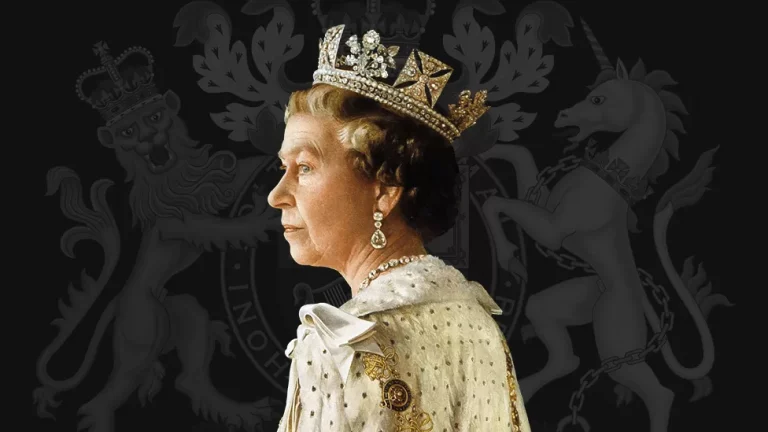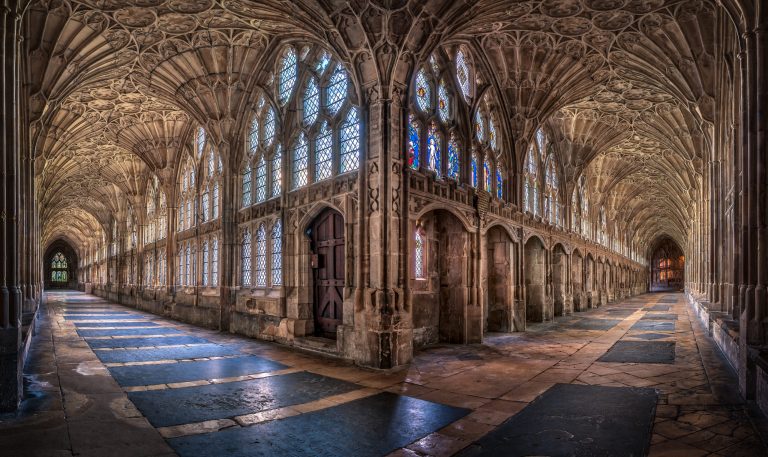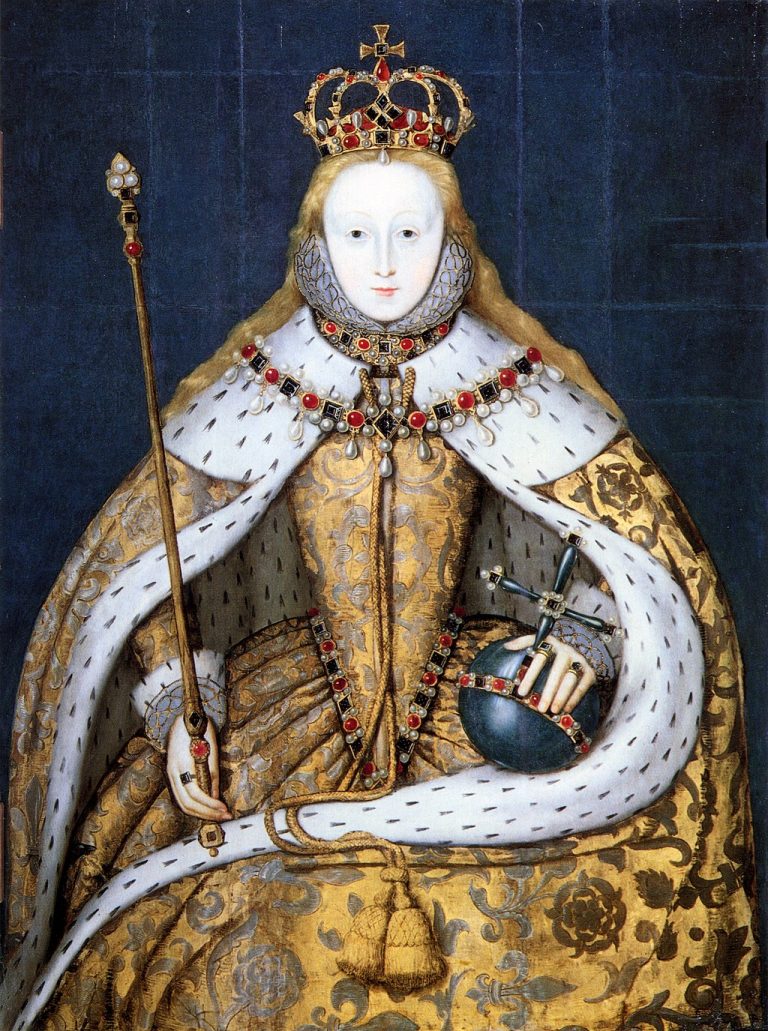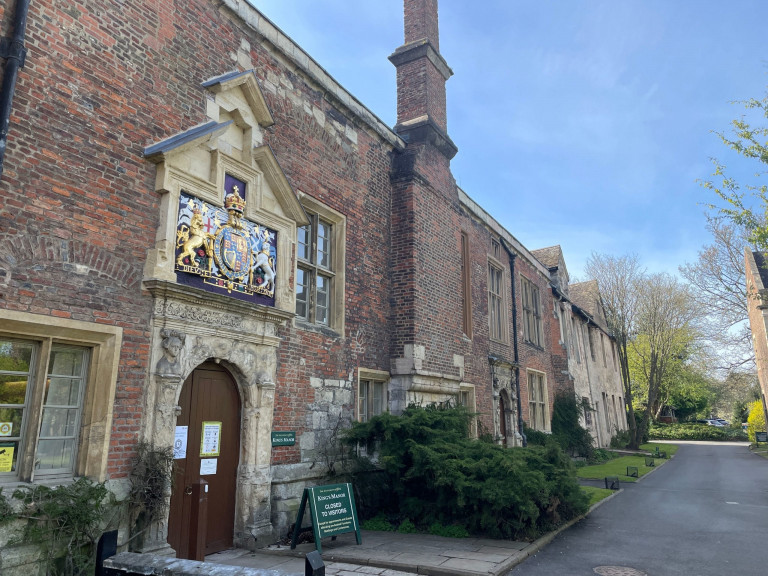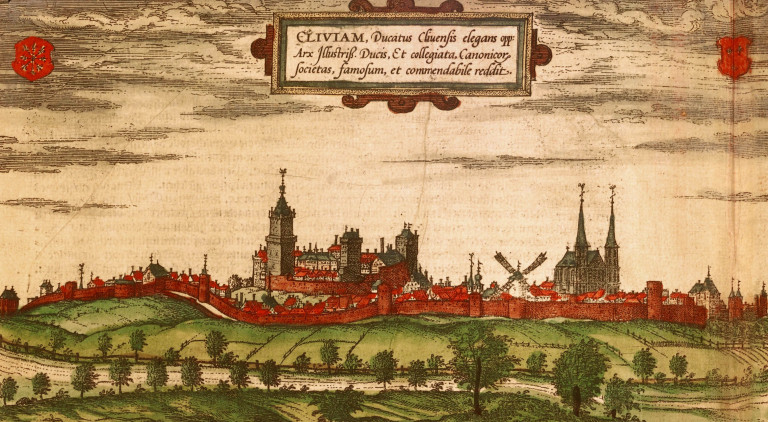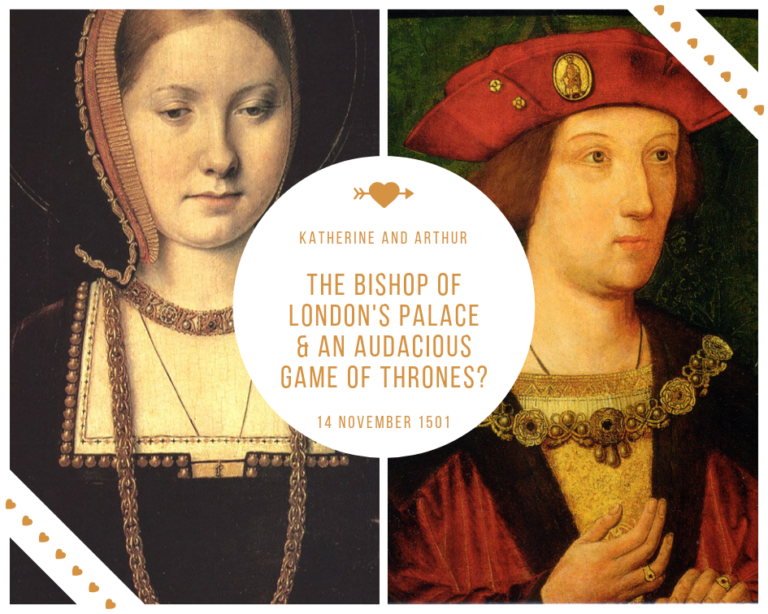William Cecil And Elizabeth I: The Power Couple of the Tudor Age
This year marks the 500th anniversary of the birth of William Cecil, Lord Burghley, that great Elizabethan statesman whose name is inextricably linked with his royal mistress, Queen Elizabeth I, also known as the Virgin Queen. In today’s blog, I talk with Professor Sue Doran of Oxford University, an expert on Elizabeth I and William Cecil on Cecil’s life and, in particular, his relationship with his royal mistress.

Note: This blog is a rough transcript of the interview with Sue Doran featured on this month’s Tudor Travel Show podcast, where the month’s theme is William Cecil. To listen to the interview, click here. Let’s get going!
Sarah
Hello Sue, welcome to the blog this week. To begin with, I’d like to go back to the beginning. I’m interested to learn what made William Cecil the man he became. Maybe we could wind things back and talk about William’s early life. Where did he come from, and what was his family background?
Sue
Well, his beginnings were relatively modest. William Cecil was born in Lincolnshire in September, we think, 1520; we’re assuming it’s 1520. His family on both his parent’s sides, there were minor royal officials; his father and grandfather had worked in the royal household. They had Lincolnshire estates, not grand estates, but manors. His mother, Jane, came from a modest background. She inherited land in Lincolnshire as well. So, William Cecil was not a man of ancient lineage, although he tried to build up a genealogy that suggested his family, who had roots in Wales on his father’s side.
But the reality was that it was a modest upbringing. For instance, he went to the local chantry school. He didn’t go to one of the great Elizabethan schools like Eton or Westminster, although afterwards, probably through connections of his grandfather, he went to St John’s College in Cambridge. That changed his life.

Cecil was only 15 years old when he went to Cambridge, but there he excelled. He excelled in the classics, but perhaps more importantly, he built a relationship with his tutor, Sir John Cheke, who became tutor to the young Prince Edward. He, of course, later became Edward VI. In fact, Cecil married into Cheke’s family. He married a lady called Mary, Sir John’s sister, and it was almost certainly a love match. It was very unlike William Cecil not to do things with his head. Nevertheless, he did marry Mary, although she died young.
Sarah:
So, he was a man who built his success upon his abilities. But I’m wondering whether you could describe the kind of person I might have met if I’d been at Cambridge University 500 years ago. What were Cecil’s qualities?
Sue:
He was very studious. He didn’t play around, although he obviously had a lot of charm. He must have been fairly attractive to women since he definitely won the favour of Mary. He was someone, though, who could be tempted into a degree of radicalism. His approach to the study of Greek, for example, was one that was shared by a few young Turks in the University. We don’t really know very much about how he spent his social life, but we can see that he’s attracted to the new evangelical proto-Protestant religion.
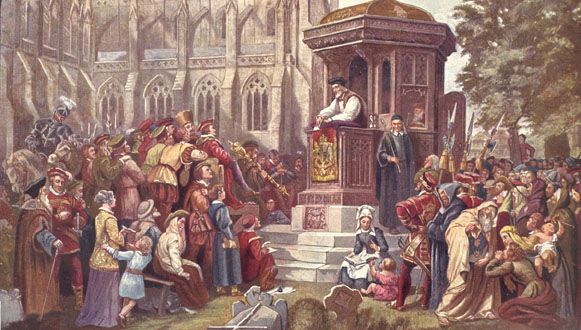
Sarah:
So that connection with Sir John Cheke was critical then, wasn’t it? Do you think that William Cecil got his love of the reformed faith from him, or do you think he brought that with him to Cambridge?
Sue:
No, we don’t know. But I would suggest that it’s when he gets to Cambridge that he starts mixing with groups of young men who, as I said, we would call the evangelicals. They’re not really Protestants at this time, but they’re the ones who are going to drift into Protestantism.
But, just as important is his second marriage. Cecil married Mildred Cook. Mildred’s father, Anthony, was to become a very committed Protestant and indeed went into exile during Mary’s reign. So there we see another lead into Protestantism. Also, we see another lead into the royal court and into the circles which are going to be able to promote William Cecil’s career, because Mildred herself was in the household of the Earl of Hertford, who later became the Duke of Somerset. She was a great friend of Anne, the wife of the Duke of Somerset.

So, all these things – the tutorship of Edward VI, the relationship with Somerset – all these managed to create a network that brought William Cecil to the political fore when Henry VIII died and Edward VI came on the throne, and the Protestants really took over.
Sarah:
Very interesting. So, he was at Cambridge in the mid-1530s, and he’s made these connections. Then he leaves Cambridge. What happens to him next, and when did he first meet Princess Elizabeth?
Sue:
Well, he studied law, we mustn’t forget that. He studied at Gray’s Inn in 1541. Then, as I say, through his marriage he becomes known to the Duke of Somerset. The first letter we have between Cecil and Princess Elizabeth is in December 1547, and it’s evident that they weren’t writing to each other before then.
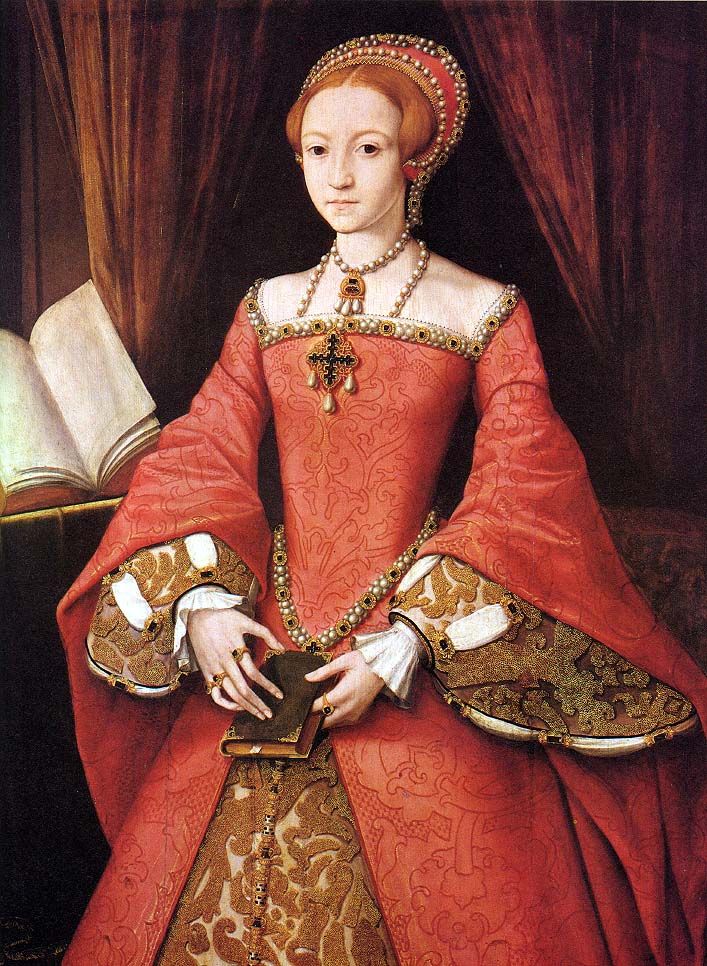
The relationship is initially a business-type relationship; she’s asking Cecil for some patronage; she’s asking him to support her men, for example, through his influence with Somerset. Cecil, in many ways, is the patron of Elizabeth, rather than the other way round, because Elizabeth in the late 1540s and early 1550s is in a very insecure position, even though her brother is now King and despite the fact that she is sympathetic to his religious reforms.
There is the problem that she got into disgrace because of the overtures made towards her by Thomas Seymour, the Lord Protector’s brother. They were great rivals. Thomas Seymour was accused of treason. During the investigations into this, her name came up, and there is evidence to suggest that there was a flirtation between Seymour and Elizabeth whilst Elizabeth was living in the house of Seymour’s wife, the Dowager Queen Katherine Parr.
Elizabeth is brought into the royal palace for interrogation, and she’s pretty much in disgrace. The papers surrounding that case are in the Hatfield collection. This is the excellent archive of the Cecil family, and it, therefore, looks as if Cecil was taking a very keen interest. We suspect that he was protecting her during those times when she could have found herself in serious trouble.
Sarah:
So, how did their relationship develop through those very difficult years leading up to the point where Mary Tudor died and Elizabeth inherited throne?

Sue:
Well, the first point is that Elizabeth is turning to Cecil for advice. One of the most interesting letters that we have between the two of them is where Elizabeth wants to know what kind of title she should have during Edward’s reign. Should she call herself the Lady Elizabeth? That’s not good enough. Should she call herself Princess Elizabeth? Well, that was not her official title. So, how should she sign herself off? He gave her advice on that. He suggested that she should call herself the sister of the King.
So we can see very early on, as early as 1549, that he is being avuncular towards her, giving her advice that she is taking. However, at the beginning of Mary’s reign, he was involved in Edward VI’s attempt to exclude Mary and Elizabeth from the throne and the backing of Lady Jane Grey.
So, he was prepared to sign some of the documents that would seem to be legally enacting that exclusion. Now, Elizabeth, and indeed Mary too, forgave him. First of all, he had always been rather torn about it; he’d never considered it to be legal, and he’d tried to downplay his involvement. But once Mary had secured the throne, he managed to persuade her and, I assume, Elizabeth that he had always backed the Act of Succession of Henry VIII, which had made both Mary and Elizabeth in line for the throne.
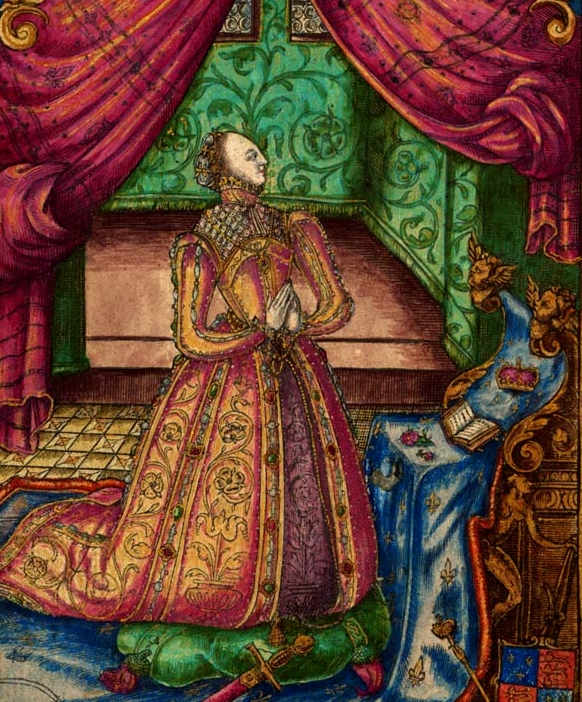
So, during Mary’s reign, we see that Cecil and Elizabeth were following parallel routes. They were what we call ‘Nicodemites’; they outwardly conformed; they outwardly took the Mass, but nonetheless, they were totally committed to Protestantism – and it was well known that they were.
In small ways, they keep their faith as much as they could while avoiding the danger of being put on trial for heresy. They tried to demonstrate their commitment to Catholicism. Although we don’t have a great deal of correspondence between the two, we do know that by the end of Mary’s reign, Cecil is again giving Elizabeth advice. Mary had no children and it is clear that Elizabeth is looking towards the future where she would be queen and when Cecil would operate as her leading advisor and become her secretary.
Sarah:
Let’s enter into the very long and fruitful relationship they obviously shared. And it was a great partnership, but I suspect they didn’t agree on everything, did they? So maybe you could give us a flavour of where there was harmony in that relationship and maybe where there was discord.
Sue:
I think that was harmony in that they met regularly. He was her secretary; he would read letters to her, and he would read letters that were directed to the council. It’s fair to say that he would give Elizabeth a version of those letters that suited his purpose, presenting the material in ways that supported his own preference for policy decisions.

However, Elizabeth knew that. She was a canny character herself, and she took that on board. She would also listen to other counsellors and wouldn’t let him monopolize her ear.
They would also meet socially. Elizabeth would visit his house, Theobalds, in Hertfordshire and also his home in The Strand. I think William Cecil was a calm, reassuring presence for Elizabeth. He wasn’t someone like Leicester that she could have fun with, but he was someone that she trusted and he was the go-to man if there was a problem and she wanted that problem solved.
The two of them disagreed over two fundamental questions. One ran right through the reign, which was the question of Mary, Queen of Scots. Elizabeth recognized the hereditary principle concerning the monarchy. She believed that Mary, Queen of Scots, was her rightful successor by primogeniture, even if by law and Henry’s will, there were questions about her right to succeed.

Cecil was totally opposed to her succeeding Elizabeth because she was a Catholic but also because he felt, as time went by, that Mary was making unwise decisions, that she had foreign Catholic friends who might also be used to impose Catholicism on England and, later on, because he believed she was an adulteress and possibly a murderer.
So, for all those reasons, there were clashes between Elizabeth and William Cecil over what to do about Mary, Queen of Scots. Occasionally, and indeed, at the beginning of her reign, Elizabeth was inclined to listen to Cecil about some issues. So, for example, she agreed not to meet Mary. Thus, when Mary fled to England, she remained up in the North, and she wouldn’t allow her into the court.
Later on, of course, they had a serious disagreement in the 1580s about whether Mary should be put on trial and executed for treason. You could say Cecil manipulated Elizabeth in that when she signed the death warrant and said that it should not be implemented, Cecil ignored her and immediately that death warrant and sent it off to Fotheringhay. He made sure that it was implemented. Elizabeth was furious with Cecil when that happened, and I think that fury was genuine.

Sarah:
Right. I was going to ask you about that. That question has always preyed on my mind – did she just do that for dramatic effect or was it genuine horror at what had happened?
Sue:
I think it’s a mixture. I think she needed to distance herself from that decision because she wanted to keep a good relationship with Mary’s son, James VI of Scotland. However, at the same time, I think she was horrified. I think she was horrified that there had been an execution in her name of a reigning monarch and a member of her family – and I think she felt betrayed. Some historians now feel that she knew very well that the warrant would be implemented. I think there was a certain amount of psychological denial so that when it happened, there was a real sense of hurt, betrayal and horror.
Sarah:
I suspect the other question on which they disagreed probably centred on marriage.
Sue:
Well, no, I would argue that it didn’t! I would say yes, of course, William Cecil wanted her to marry, but no sparks were flying between them over that question. Indeed, Cecil was prepared to support her, unlike many other counsellors, when she wanted to marry Francois, Duke of Anjou. The big difference between them was in the 1580s and 90s – and it was over religion.

This was because Elizabeth had agreed to the appointment of John Whitgift as Archbishop of Canterbury, and he was determined to bring the Protestant non-conformists, whom we call Puritans, into line, and if that meant imprisoning them or depriving them of their jobs, so be it. Cecil was totally opposed to that. He was deeply anti-Catholic; he felt that even Protestant non-conformists should be tolerated because they would be a bulwark against Catholics. And he thought that Elizabeth should be concentrating on coming down hard on Catholics, not on Puritans. So that was the area of disagreement between them. Elizabeth won that one, pretty much.
Sarah:
When did William Cecil die, and what did he die of?
Sue:
He died in August 1598, just before his 78th birthday. He worked until July; we see signed letters in his hand until the summer of 1598. However, we don’t know what he died of. He had suffered badly with gout, and we do know that his health had been poor for a long time.
Sarah:
Where did he die, and what do we know of his funeral service?
Sue:
He died in his house in London, Cecil House, one of the great houses he had designed and built. He had a magnificent funeral service in Westminster Abbey, but he wasn’t buried there. A grand funeral procession took place on 29 August, with some 500 people in it. It was a typical Tudor procession where you would have the poor starting the procession, then would come the officers and the clerics and finally, pretty close to the end, would be the grand cortege with the hearse of, in this case, William Cecil himself. Then, there was a service and a sermon in the Abbey.
Afterwards, the body was taken quietly by coach to Stamford, where his country seat, Burghley House, is located. He was buried in the church there.
Sarah:
It is the 500th anniversary of William Cecil’s birth this year. I know celebrations and things are happening around the country to mark it, particularly at Burghley House. Perhaps you could tell us a little about that so that if people are interested in going along, they know what to look for.
Sue:
There is one big event coming up this year (2021 – postponed from 2020). It is not strictly speaking a Burghley event, although Lord Burghley appears throughout the story; it is the British Library exhibition on Elizabeth I and Mary Queen of Scots, which will open in October this year. There, you will be able to see the memoranda by Burghley, and you’ll also be able to see the early letter between Elizabeth and Burghley. So, there’s a lot there for those interested and wanting to take further the story of William Cecil, Lord Burghley.
Sarah:
Thank you so much for joining us today and sharing all your knowledge and expertise about the remarkable relationship between Cecil and Elizabeth, indeed one of THE power couples of the sixteenth century!

